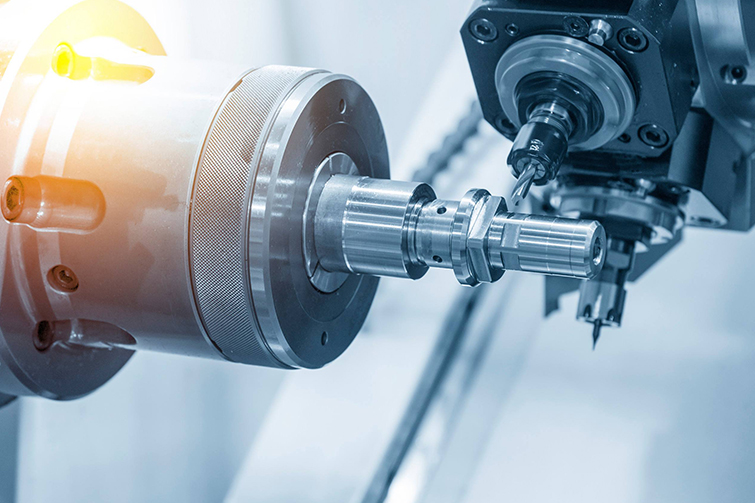

Exploring the Durability of Modern Materials: A Technical Report

Introduction to Durability
Durability refers to the ability of a material to withstand wear, pressure, or damage over time. It is a critical factor in the selection of materials for construction, manufacturing, and product design. Understanding durability is essential for engineers and designers to create products that last longer and perform better under stress.
Measuring Durability
There are several methods to measure the durability of materials, including stress tests, fatigue tests, and environmental exposure tests. These tests help in predicting how a material will behave under real-world conditions. Advanced technologies like scanning electron microscopy (SEM) and X-ray diffraction (XRD) are often used to analyze the microstructure of materials for signs of wear or failure.
Factors Affecting Durability
Several factors can influence the durability of a material, including its chemical composition, physical structure, and the environment in which it is used. Temperature fluctuations, moisture, and mechanical stress are among the most common environmental factors that can degrade materials over time.
Improving Material Durability
Innovations in material science have led to the development of more durable materials. Techniques such as alloying, heat treatment, and the use of protective coatings can significantly enhance a material's resistance to wear and tear. Nanotechnology is also playing a pivotal role in creating materials with unprecedented durability.
Future Trends in Durable Materials
The future of durable materials lies in the development of smart materials that can self-heal or adapt to their environment. Researchers are also exploring the use of biodegradable materials that do not compromise on durability. Sustainability and durability are becoming increasingly intertwined as the demand for eco-friendly yet long-lasting materials grows.
Frequently Asked Questions
What is the most durable material known to man?
Currently, graphene is considered one of the most durable materials due to its exceptional strength and flexibility. However, its practical applications are still being explored.
How does temperature affect material durability?
Temperature can cause materials to expand or contract, leading to stress and potential failure. Extreme temperatures can also accelerate chemical reactions that degrade materials.
Can durability be improved in existing materials?
Yes, through processes like alloying, heat treatment, and the application of protective coatings, the durability of existing materials can be significantly enhanced.








